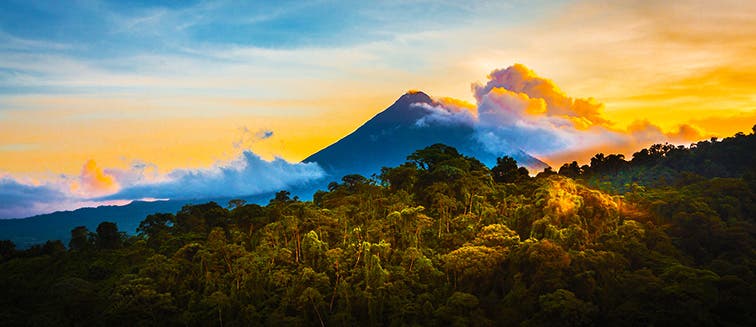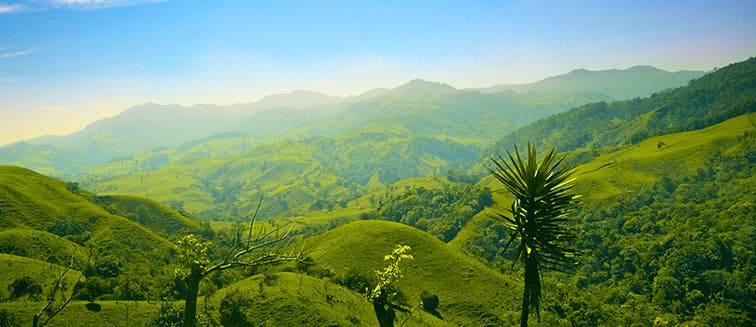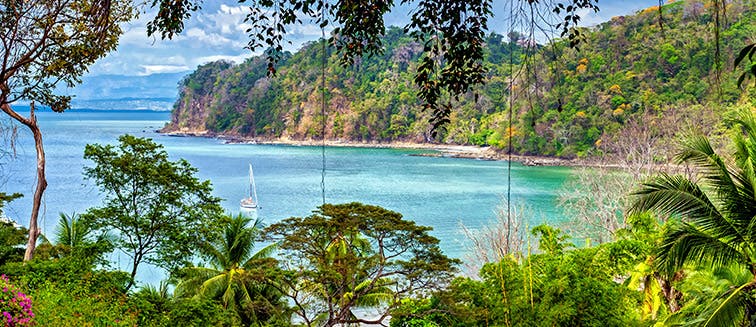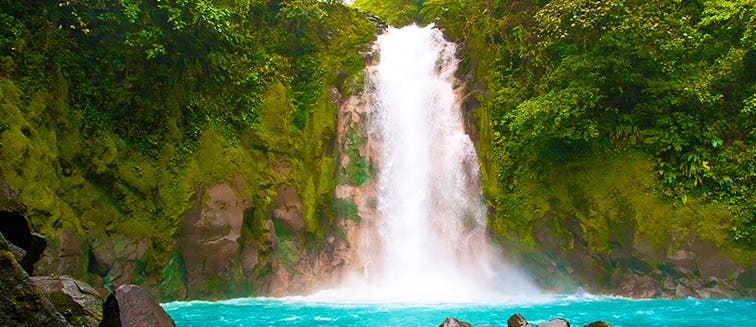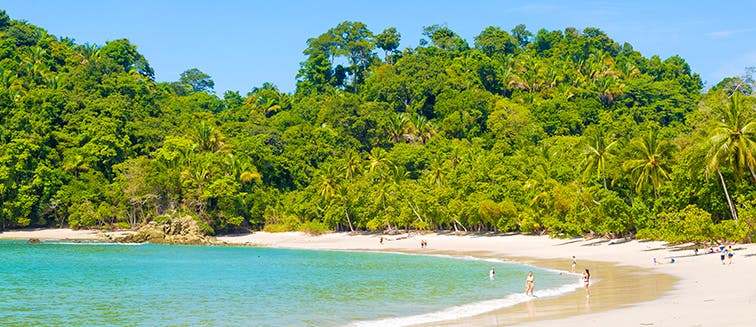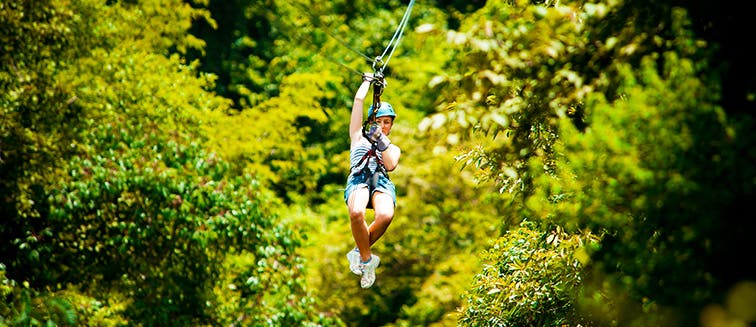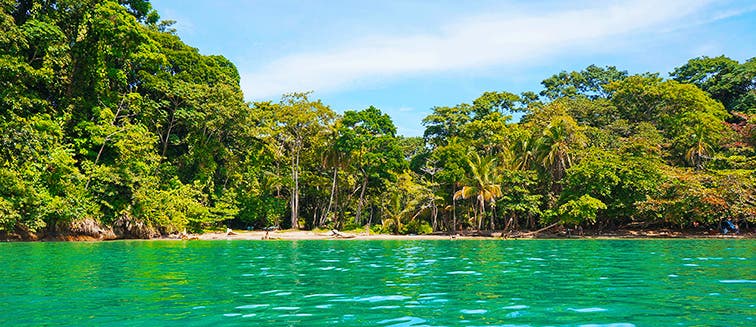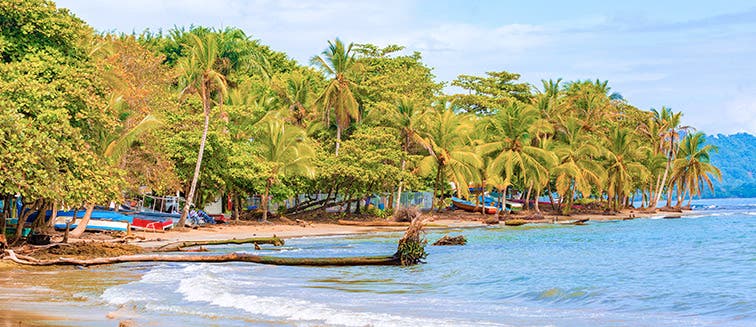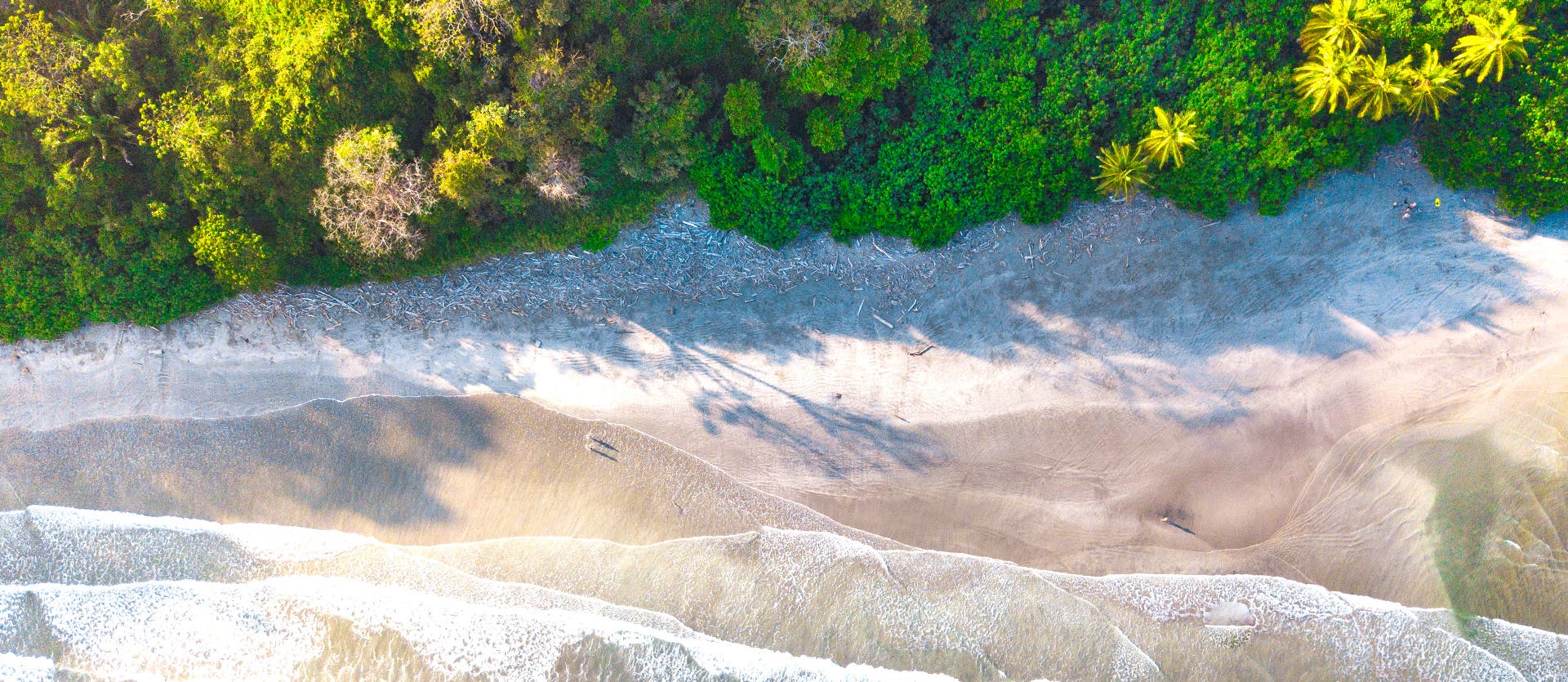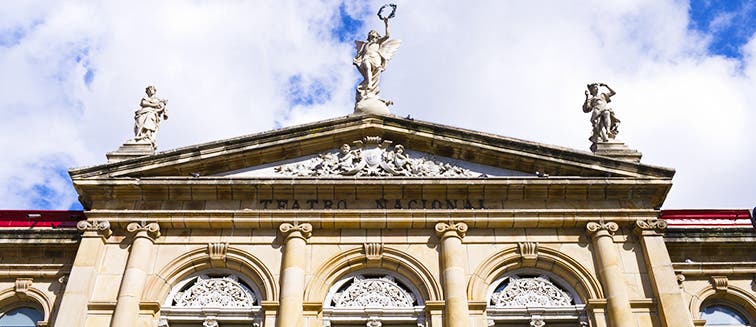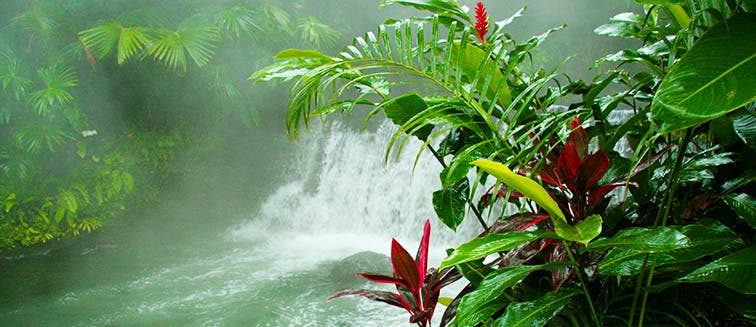Africa
Americas
Asia
Europe
Oceania
Holidays to Europe (94 available)
Albania(2)
Austria(6)
Baltic States(3)
Belgium(5)
Croatia(3)
Cyprus(1)
Czech Republic(5)
Denmark(1)
England(10)
Finland(2)
France(13)
Germany(7)
Greece(10)
Holland(5)
Hungary(4)
Iceland(6)
Ireland(9)
Italy(13)
Montenegro(1)
Northern Ireland(2)
Norway(9)
Portugal(10)
Romania(1)
Scotland(6)
Slovakia(1)
Spain(9)
Sweden(2)
Switzerland(4)
By Season
By Interest
By Group
Advisors hotline: +1 778-743-2337
Mon - Fri: 9am - 9pm EST
Saturday: 9am - 6pm EST
Sunday: Closed
What to see in Costa Rica
Guanacaste
Tourist attractions Guanacaste
In the north of Costa Rica, on the Pacific coast and bordering Nicaragua, is the province of Guanacaste, a perfect area for those tourists who like to spend their time in close contact with nature. But not just any nature. Visiting Guanacaste means beautiful landscapes, idyllic beaches and much, much more to see and do.
Travel to Guanacaste to visit its national parks
Las Baulas National Marine Park
The Nicoya Peninsula is a perfect place for leatherback sea turtles to lay their eggs. This natural park takes its name from these animals. The leatherback is the largest sea turtle in the world and is currently in danger of extinction, so it is protected.
In addition, the national park has a beautiful area of mangroves, as well as beaches like Langosta, Ventanas and Carbón and the hills of Hermoso and Morro.
Rincón de La Vieja National Park
The nine volcanoes that form the volcanic massif of the Rincón de la Vieja National Park are complemented by the Jilgueros lagoon to form a unique natural environment.
You can visit it by taking the trail area of Las Pailas. If you do, you'll see several points of volcanic interest, such as the Rincón de la Vieja and Von Seebach craters.
The Santa María sector also includes its own system of trails, which include the trail to the Bosque Encantado waterfall and the Aguas Termales trail.
The beaches of Guanacaste
Tamarindo Bay
At Tamarindo Bay, the waters of Ventanas beach and Grande beach meet. The Matapalo river runs into it and in the southern end you can see the rocks of the Captain's Island. The bay takes its name from the tamarind trees that grow on the shore along with coconut palms and oak trees from the savannah, an idyllic landscape to accompany the white sand and calm waters of the ocean.
This is the perfect place to unwind, rest, enjoy Costa Rican cuisine and the nights. Tamarindo beach is also regarded highly by surfing fans and has won the Ecological Blue Flag Award for cleanliness and safety several times.
Samara Beach
It is reasonable and understandable for you to decide to travel to Guanacaste to visit beaches like Samara. The bay of Samara is about 4 km long and is famous worldwide for its beauty. Off Punta Indio you can see Chora Island, where you can visit a stunning coral reef.
Nosara Beach and Guiones Beach
Strong waves and white sand are the characteristics of these two beaches. There is also a beautiful mangrove at the mouth of the Nosara river. If you are travelling to Guanacaste and stopping off at Nosara and Guiones, pay a visit to Punta Nosara. A natural outcrop of rocks where you can watch the waves breaking.
The area offers activities such as horse-riding and surfing.
Miravalles Volcano and Hornillas
Guanacaste is partially formed by a volcanic mountain range which includes the Miravalles volcano, a peak just over 2,028 metres high, classified as a protected area. The nearby town of Guayabo has thermal waters enriched with minerals of volcanic origin. The volcano, which is still active, is used to obtain geothermal energy.
Hornillas is famous for the its volcano crater, which produces fumaroles, rivers of sulphur and scalding mud, attributed with healing properties.
Barra Honda Caves
There are many rain forests in Costa Rica, but not the kind of landscape you will find here. The Barra Honda caves are located in an area of dry forest and are perhaps the most beautiful caves in the country.
The cavern is relatively close to Nicoya and is 450 metres high. To reach the interior you have to descend a vertical staircase. Inside you will see something very unusual: caves that were formed from what were once coral reefs, raised by tectonic movements. Today you can see the typical stalactites and stalagmites.
The cave system is so extensive that it still hasn't been fully explored.
Santa Rosa National Park
The dry forest in the north of the country is protected by the Santa Rosa National Park and it would justify a visit to Guanacaste on its own. This is a unique ecosystem in Central America comprising not only vegetation but also beautiful beaches that are rarely visited, such as Naranjo, Nancita, Blanca and Santa Elena.
The conservation of the park's biodiversity goes hand in hand with the Animal Conservation Station, which is in charge of protecting species like the white deer.
OUR BEST TRIPS TO GUANACASTE
YOU ALSO LIKE
Tourist attractions costa-rica
Points of interests
- Trips to Arenal
- Trips to Arenal Volcano
- Trips to Braulio Carrillo National Park
- Trips to Corcovado National Park
- Trips to Guanacaste
- Trips to La Fortuna Waterfall
- Trips to Manuel Antonio National Park
- Trips to Monteverde
- Trips to Puerto Jiménez
- Trips to Puerto Limón
- Trips to Puerto Viejo
- Trips to Rincón de la Vieja National Park
- Trips to Samara
- Trips to San José
- Trips to Tabacón
- Trips to Tamarindo
- Trips to Tortuguero
Other Points of interests
- Trips to Ambergris Caye
- Trips to Antigua Guatemala
- Trips to Belize Barrier Reef
- Trips to Belize city
- Trips to Boca Chica
- Trips to Bocas del toro
- Trips to Boquete
- Trips to Chichicastenango
- Trips to Chiriqui National Marine Park
- Trips to Cobán
- Trips to Copan
- Trips to Dulce River
- Trips to Flores
- Trips to Gamboa
- Trips to Livingston
- Trips to Panajachel
- Trips to Panama Canal
- Trips to Panama city
- Trips to Playa Blanca
- Trips to Puerto Barrios
- Trips to Roatán
- Trips to San Blas Islands
- Trips to Semuc Champey
- Trips to Tegucigalpa
- Trips to Tikal
Countries Nearby
- Argentina Trips
- Bahamas Trips
- Belize Trips
- Bolivia Trips
- Brazil Trips
- Canada Trips
- Chile Trips
- Colombia Trips
- Costa Rica Trips
- Dominican Republic Trips
- Ecuador Trips
- El Salvador Trips
- Guatemala Trips
- Honduras Trips
- Mexico Trips
- Panama Trips
- Peru Trips
- United States Trips
Trip Styles
- Argentina Nature Vacation Packages Trips
- Chile Nature Vacation Packages Trips
- Costa Rica Nature Vacations Trips
- Ecuador Cultural Tour Packages Trips
- Ecuador Nature Vacations Trips
- Guatemala Nature Vacation Packages Trips
- Guatemala Cultural Tours Trips
- Peru Tours for Couples - Exoticca Trips
- Peru Cultural Tours Trips
- Peru Nature Vacation Packages Trips

